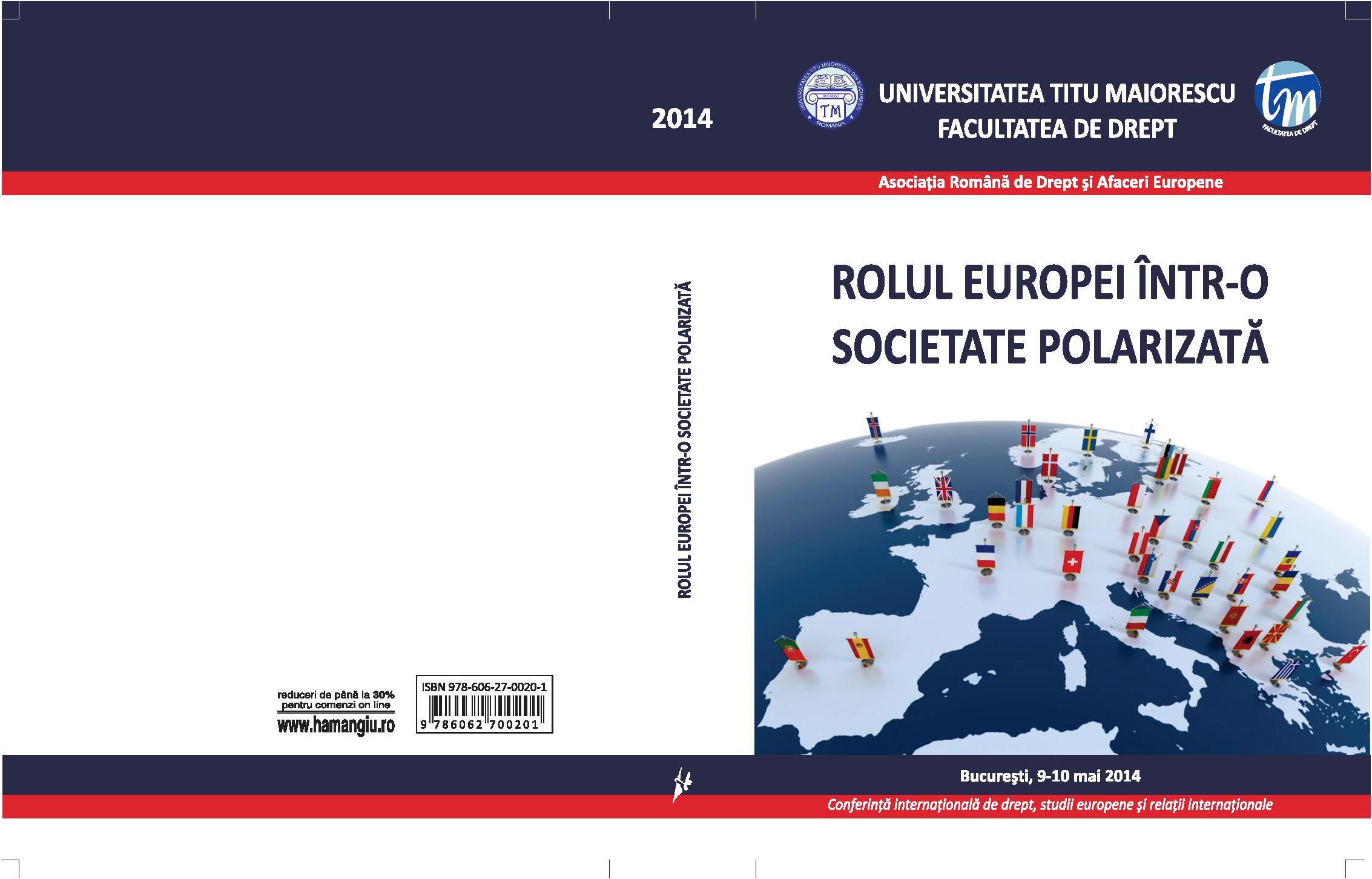Moțiunea de cenzură în practica parlamentară
CENSURE MOTION IN THE PARLIAMENTARY PRACTICE
Author(s): Mariana OpricanSubject(s): Constitutional Law
Published by: Editura Hamangiu S.R.L.
Keywords: motion; Government; opposition; parliamentary majority;
Summary/Abstract: Initiating a censure motion is an attempt to withdraw the confidence granted by Parliament to an executive which did not serve the political coordinates given by the government programme. Modern parliamentary regime is based on solidarity between the Government and the parliamentary majority. This constitutional procedure is a challenge to the parliamentarians to question the Government's activity for dismissal thereof. The significance of censure motion is major and determinant both in ensuring the stability of democratic forum and in changing parliamentary majority, since, hypothetically, when initiating a no-confidence motion Government’s chances are maximum, and then, when putting it to the vote, they are suppressed, as far as the parliamentary majority no longer supports the Government.Noting the relevant parliamentary practice corresponding to the two decades - 1992-2012 – the number of no-confidence motions initiated reveals that political parties making use of this constitutional procedure regard it as a last resort legislative instrument which can have serious consequences both on the Cabinet in service, and on the popularity and credibility of the opposition. Censure motions introduced aimed at discrediting the Government and the role of drawing the electorate's attention on its mistakes. As a result, we can appreciate the role of censure motions as punitive measures and legislative control tools available to the opposition.
Journal: Conferința Internațională de Drept, Studii Europene și Relații Internaționale
- Issue Year: II/2014
- Issue No: II
- Page Range: 899-908
- Page Count: 10
- Language: Romanian

